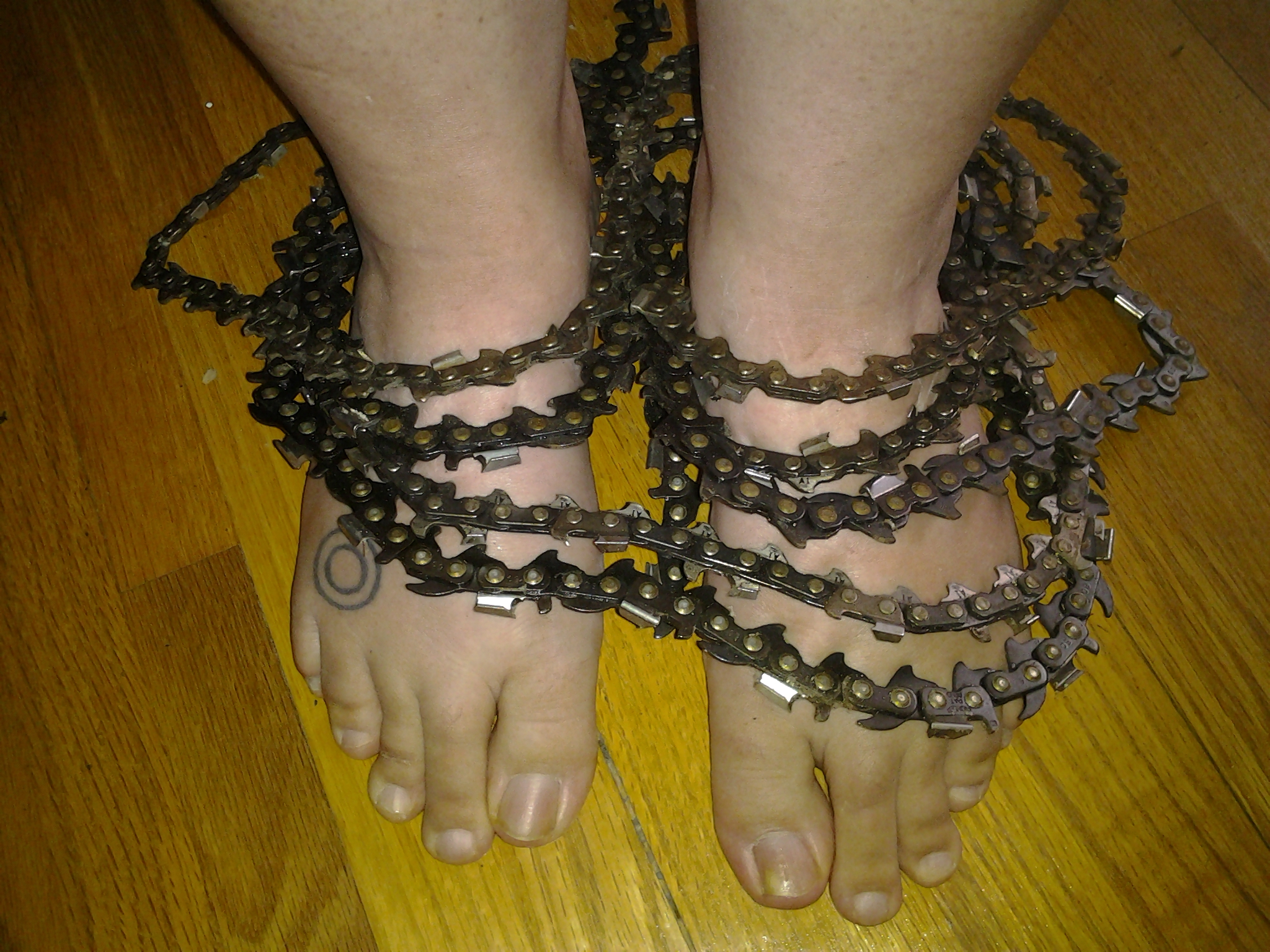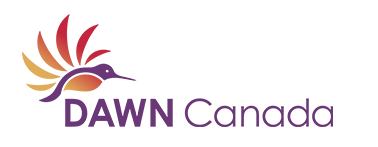Indigenous Women and Girls with Disabilities are Targets of Sexual Violence
Indigenous Women and Girls with Disabilities are Targets of Sexual Violence
by Lynn Gehl, PhD, Algonquin Anishinaabe-kwe

When I think about why I am so forthcoming about my vision disability I realize I do it for many reasons such as it is a primary barrier in navigating the world. My disability mediates all that I do, inclusive of walking, reading, writing, cooking, and eating. While I could go on about me, I do not want to be the focus, rather there is something more important that I want people to know about disability as there is a void in understanding how serious this issue is for Indigenous people. In offering these thoughts it is the bravery of the humming bird that guides me.
First, there are two models of understanding disability: the medical model and the social model. On the one hand, the medical model places disability within the human body and focuses on addressing disability there, meaning medication and aids that help the person adapt and/or navigate disenfranchising societal structures. On the other hand, the social model places disability within the structures and institutions of society and challenges society to accommodate in a way that serves all peoples, not just the able-bodied. While both models are useful, what is important is to value that disability does not only reside within the human body, it also resides within societal structures. The relationship between the self and society is best understood as dialectic where they co-determine one another.
Second, Kimberlé Crenshaw birthed the feminist concept of “intersectional oppression” to help us understand that a person can be structurally oppressed by more than one oppression such as race, gender, class, and disability; and when they are, they exist within the body in a way where one of them cannot be easily extracted and understood in isolation. What I mean by this is understanding intersectional oppression means more than simply layering oppression like we do when we eat pancakes, because the oppressions interact and inform one another in complicated ways making the lived reality worse. This is similar to the way medications interfere with one another to the point of causing death. Undoubtedly, a life of intersectional oppression leads to early death, incarceration, and sexual violence. Intersectional oppression kills! Understanding intersectional oppression means more than identity politics, where addressing it must mean more than a diverse speakers’ panel.
Third, just as racism and poverty can, colonial oppression results in disease and disability. It is said that Indigenous people have a disability rate that is 2.3 times the national average where in some communities the rate can be as high as 40% (Durst and Bluechardt, 2001). This has to do with issues of polluted water, land, and air; residential schools, poor housing, poor nutrition, and a racist health care system. To this very day, Canada’s laws, policies, and practices of cultural genocide continue to cause harm to Indigenous peoples and our bodies. The higher rate of disability is not because Indigenous bodies are inferior. Rather, it has to do with power over.
Fourth, living at the intersection of race, gender, class, and disability results in Indigenous women and girls being even bigger targets of sexual violence because pedophiles and predators seek out vulnerable people. Many Indigenous women and girls with disabilities cannot see or hear a perpetrator approach them; women and girls in wheel chairs cannot run away and hide; some are paralyzed and confined to their beds; and still further, some of the women and girls are dependent on caregivers to bathe and dress them where as such the boundaries of their bodies are blurred thus making them vulnerable to sexual predators. While there is a gap in research on the issue of Indigenous women and girls with disabilities, we know that women with disabilities are 83% more likely to be sexually abused in their lifetime (Stimpson and Best, 1991).
Fifth, in my work, and drawing on my training in medical anthropology and Indigenous studies, I have thought a lot about how patriarchy has imposed on the human condition a culture that is maladaptive where the landscape of the Indigenous body has been mapped with disability; a culture that has left behind the cultural elements that ensure boys and men are shaped, taught, and thus embody respect for girls and women; a culture that is void of the necessary teachings, rituals, and songs required to socialize boys in a way that their sexual expression is not the context where abusive power is performed; a culture where intersectionally oppressed Indigenous women and girls have become targets of sexual violence. People call this rape culture. It is clear to many that patriarchal culture is failing us. Through my introspections I have come to understand that rape culture is male sexuality in a bad relationship with oppressive power.
Lastly, what I know for sure is that our bodies are intelligent, our bodies remember. What we teach our bodies is important. Within Indigenous cultures there exists many ceremonies, teachings, songs, and rituals that teach and embody within boys resources needed to govern their sexual expression in a good way. As we recover from colonization there is the need to re-indigenize the penis and male sexual expression.
--
Lynn Gehl, PhD, is Algonquin Anishinaabe-kwe from the Ottawa River Valley. Her work is situated within the Indigenist paradigm. She is an author, speaker, artist, and critic of colonial laws, policies, and practices that perpetuate genocide in Canada. Her latest book titled Gehl v Canada: Challenging Sex Discrimination in the Indian Act will be released in the fall of 2021. You can learn more about her work at www.lynngehl.com.
References & Links
Durst & Bluechardt. (2001). Urban Aboriginal Persons with Disabilities: Triple Jeopardy!
Stimpson & Best. (1991). Courage Above All: Sexual Assault Against Women with Disabilities.
Understanding the medical model and the social model of disability: https://psac-ncr.com/defining-disability-medical-model-social-model-disability
Kimberlé Crenshaw hyperlink: https://www.law.columbia.edu/news/archive/kimberle-crenshaw-intersectionality-more-two-decades-later
MMIWG Legal analysis of genocide: https://www.mmiwg-ffada.ca/wp-content/uploads/2019/06/Supplementary-Report_Genocide.pdf
On Indigenous knowledge: https://www.lynngehl.com/black-face-blogging/our-bodies-are-intelligent-our-bodies-remember
Online petition re Indigenous women and girls with disabilities are bigger targets of sexual violence: https://www.change.org/p/government-of-canada-maryam-monsef-minister-of-women-and-gender-equality-please-stand-up-for-indigenous-women?
Open Letter: https://www.lynngehl.com/indigenous-women-and-girls-with-disabilities-are-bigger-targets-of-sexual-violence.html
